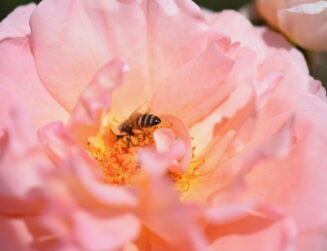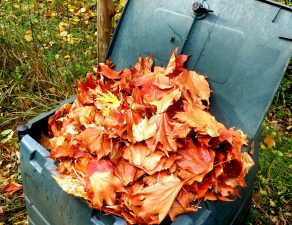
No one does topiaries like Disney, but that doesn’t mean you can’t have some fun garden whimsy right at home. Topiaries are actually not difficult to grow, and once you learn some basics you can shape them just about any way you want.
First, you will choose between a vining topiary or a shrub. English ivy, Boston ivy, and periwinkle are popular vine choices that you can grow on a topiary frame. If you prefer a shrub, start with a small boxwood, holly, or laurel. Dwarf varieties remain more compact and require less pruning.
Then, choose a form or frame. You can purchase these online or at many garden supply stores, or even build your own if you’re crafty.
Forms should be filled with sphagnum moss, and then planted with the vining plant of your choice. You might need to use several plants toward the bottom in order to adequately fill the form. Allow the vines to grow upward, training them to wrap around the form by attaching them with plant ties. Regularly prune growth that exceeds the shape and size you want to achieve.
Use a frame around topiary shrubs, especially if you’re a beginner. The frame will help you decide where to shape and prune your shrub. But because pruning encourages new and more bushy growth, you’ll want to prune conservatively (no more than three inches at a time).
And of course, because topiaries are plants, they must be cared for properly. Water your shrub or vine as appropriate for the variety you’ve chosen and fertilize regularly to keep your topiary healthy with brilliant green foliage.
Topiaries do require time and patience. But once you get the hang of it, you will discover that the result is worth the wait!
For more information on how you can incorporate topiaries into your existing landscape, give us a call. We can help you decide upon placement and any complementary features that you might desire to showcase your new project.







